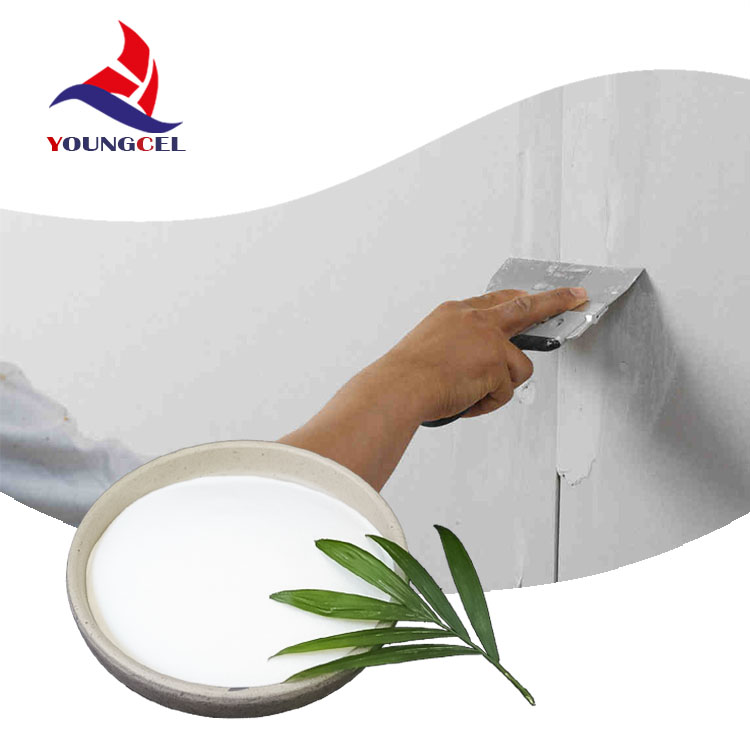The Significance and Applications of MHEC Powder in Modern Industries
MHEC powder, or Methyl Hydroxyethyl Cellulose, is a water-soluble polymer derived from cellulose. It is a crucial additive that enhances the performance of various materials across a broad range of industries, including construction, pharmaceuticals, food processing, and cosmetics. This article delves into the properties, production, and diverse uses of MHEC powder, highlighting its importance in modern applications.
Properties of MHEC Powder
MHEC powder boasts a number of unique properties that contribute to its versatility. Firstly, it has excellent thickening and binding capabilities. As a rheology modifier, it can alter the flow properties of liquids, allowing for better consistency in mixtures. This modification is essential in industries such as construction, where the viscosity of cement and tile adhesives needs to be optimized for ease of application and performance.
Additionally, MHEC is highly soluble in both hot and cold water, facilitating its incorporation into various formulations. It is resistant to heat, acids, and bases, making it an ideal candidate for applications requiring stability under harsh conditions. Moreover, MHEC exhibits film-forming properties, which enhances the durability and adhesion of coatings, paints, and other materials. These characteristics not only improve product performance but also contribute to enhanced environmental resistance.
Production of MHEC Powder
The production of MHEC powder involves the etherification of cellulose with a mixture of methyl chloride and ethylene oxide. The process begins with the extraction of cellulose from natural sources, such as wood pulp or cotton. Following this, the cellulose is chemically modified to introduce hydroxyethyl groups, transforming it into MHEC. The final product is produced in a finely milled powder form, which ensures ease of use and incorporation into various applications.
Quality control measures during the production process are crucial, as they guarantee that the MHEC powder meets the required specifications for viscosity, solubility, and purity. Manufacturers adhere to strict guidelines to ensure that the final product is free from impurities and safe for its intended uses.
mhec powder

Applications of MHEC Powder
The applications of MHEC powder are vast and varied. In the construction industry, it is popularly used as an additive in mortar, adhesives, and plaster. It improves the workability and adhesion of these materials, ensuring that they spread easily and bond well to surfaces. Furthermore, MHEC enhances water retention, allowing for adequate curing while minimizing shrinkage and cracking.
In the pharmaceutical sector, MHEC serves as a binder in tablet formulations and as a thickening agent in liquid medications. Its non-toxic nature makes it suitable for use in drug formulations, providing controlled release properties that are essential for effective treatment outcomes.
The food industry also benefits from MHEC powder, where it acts as a thickener and stabilizer in various food products. It helps to maintain texture and consistency, ensuring that products like sauces, dressings, and dairy items have a desirable mouthfeel and appearance.
In the cosmetics industry, MHEC powder is prized for its ability to enhance the viscosity of creams, lotions, and gels. It aids in improving product stability and shelf life, while also providing a pleasant sensory experience for consumers.
Conclusion
MHEC powder is an invaluable additive that enriches the quality and performance of products across various industries. Its unique properties make it suitable for a wide array of applications, from construction materials to pharmaceuticals and cosmetics. As industries continue to evolve, the demand for versatile and effective additives like MHEC will undoubtedly rise, making it a key component in the development of innovative products. Understanding the significance of MHEC powder will thus remain essential for professionals in fields that rely on high-performance materials.
-
The Application and Significance of Construction RdpNewsMay.19,2025
-
Industrial Grade HpmcNewsMay.19,2025
-
Building Coating Adhesive Building Coating Adhesive HpmcNewsMay.19,2025
-
Application Of Hpmc For Detergent For Detergent In DetergentsNewsMay.19,2025
-
Application Of Hpmc Cellulose In Cement-Based MaterialsNewsMay.19,2025
-
Application Of High Quality Hpmc For Construction In The Field Of ConstructionNewsMay.19,2025




